
The Grand Guignol lives again
The second season of AMC’s Interview with the Vampire is centred around the fictional Théâtre des Vampires in Paris, which draws heavily on an actual venue in the city, Le Théâtre du Grand Guignol, which existed from 1897 to 1962.
The name ‘grand guignol’ itself has become shorthand for any entertainment that offers the gruesome, graphic and violent.

The small Pigalle theatre, housed in a former chapel, specialised in shorter, gory plays and performances, with blood, torture, inventive ways of killing and depravity always high on the menu, although psychological terror became the trend after WWII, when real-life Nazi atrocities made the theatre’s delights seem a trifle passé.
The sexual element of some of the entertainment was catered for by private booths where audience members could furtively (or not) slake their carnal appetites whilst the plays were underway.
Audiences would sometimes get so involved in the action that actors would have to break character and tell them to pipe down. At times, the realism of the special effects would cause punters to puke or pass out during performances. Like the stunts of later horror movie impresario William Castle (The Tingler, 13 Ghosts, Mr. Sardonicus ), GG director Max Maurey hired doctors to be present during certain performances as a marketing gimmick.
The Grand Guignol’s peak was between the two World Wars, when royalty and celebrities in evening dress frequented the tiny establishment.
Gruesome Grand Guignol plays
Grand Guignol plays included the following four prime examples, no less than three by André de Lorde:
L'Horrible Passion (André de Lorde): A nanny throttles her young charges.
Le Laboratoire des Hallucinations (André de Lorde): A jealous doctor performs brain surgery on his wife's lover, rendering him a whacked-out semi-zombie, who revenges himself by later hammering a chisel into the doctor's noggin.
Le Baiser dans la Nuit (Maurice Level): A man gains vengeance on the woman who threw acid in his face.
Un Crime dans une Maison de Fous, (André de Lorde): Two incarcerated crones blind a pretty young inmate.
Who’s Who of Grand Guignol directors
The founder and first director of the GG was Oscar Méténier; under his tenure the theatre produced plays about drunks, druggies, whores, beggars, halfwits, lunatics, criminals, and other ne'er-do-wells, the neglected dregs of Paris's social scale who were ignored by other theatrical establishments.
Max Maurey then served as director from 1898 to 1914, shifting the theatre's focus to the horror plays that made it world famous. On average, two customers fainted each evening during his leadership, which he regarded as a sign of success. Maurey also discovered the aforementioned André de Lorde, the most important playwright of the Grand Guignol. He wrote around 100 plays for the Grand Guignol and worked with pioneering psychoanalyst Alfred Binet on stage plays about various aspects of madness, a favourite subject for the theatre’s jaded audiences.
Camille Choisy was director from 1914 to 1930, concentrating on special effects and scenery to add to the Grand Guignol’s signature style. Then came Jack Jouvin, who served between 1930 and 1937. He focused performances on psychological drama, but the theatre's popularity declined and the Grand Guignol became gradually more irrelevant and old-fashioned.
The last director was Charles Nonon, who famously said, “We could never equal Buchenwald, before the war, everyone felt that what was happening onstage was impossible. Now we know that these things, and worse, are possible in reality.” Nonon attempted to pep up the theatre’s offering with sex and comedy.
Shakespeare’s Titus Andronicus (written in approximately 1590) anticipated some of the horrors of Grand Guignol, with torture, cannibalism, live burial, murder, sadism, sexual licence, grim humour, blinding, dismemberment and barbarity all on offer:
John Webster’s The Duchess of Malfi (1613/14) was also driven by such sordid themes, as was his earlier The White Devil (1612), which premiered in the Red Bull Theatre, Clerkenwell, near where I used to abide in the 2000s/2010s.

Grand Guignol’s last ever performance (from the movie Ecco, 1963)
Back in 1973, actor Edward Lionheart (Vincent Price) wrought his bloody revenge on the critics in Douglas Hickox ‘s Guignol-esque Theatre of Blood:
The Grand Guignol building is now occupied by the International Visual Theatre which presents plays in sign language.

The Grand Guignol tradition continues, in a way, with the popular bands Theatres des Vampires, and one of my favourites, Ghost:
And with homages such as at London’s Southwark Playhouse a decade ago:
In November 2014, the Convivio d'Arte Company presented in Milan the Grand Guignol de Milan: Le Cabaret des Vampires, an original ‘tribute’ to Grand Guignol:
In Showtime’s horror TV series Penny Dreadful, a London-based version of the Grand Guignol theatre was located in the louche Soho district, its design based on London's famous Wilton's Music Hall.
Some would also say the Italian Giallo horror movie subgenre owes a fair-sized debt to Grand Guignol.
Ye Olde Haunted Theatres of London Towne
But what of real haunted theatres? London has at least nine playhouses home to ‘unquiet spirits’ including the Theatre Royal, Drury Lane, ‘the world's most haunted theatre’, according to The Guardian newspaper. Steer away if you’re clown-phobic, as Joseph Grimaldi, the father of the modern clown is said to spectrally appear, giving a ‘comedy kick’ to actors and staff and floating around as a disembodied head, since he famously asked to be buried with his head cut off.
The ultra-superstitious Punchinello’s funeral requests included a demand that his daughter Margaret should, ‘see me out into my coffin and the day that I am buried to sever my head from my body, the only favour I request, and then to follow me to the place of my burial’.
Others include the following venues, where mainly deceased actors/managers and staff stalk the boards, for whatever paranormal reason: The Adelphi, London Palladium, Lyceum, Garrick, Noel Coward Theatre, Theatre Royal Haymarket, London Coliseum and The Duke of York’s Theatre.
Other sources include:

Stephen Arnell’s novel THE GREAT ONE is available now on Amazon Kindle:

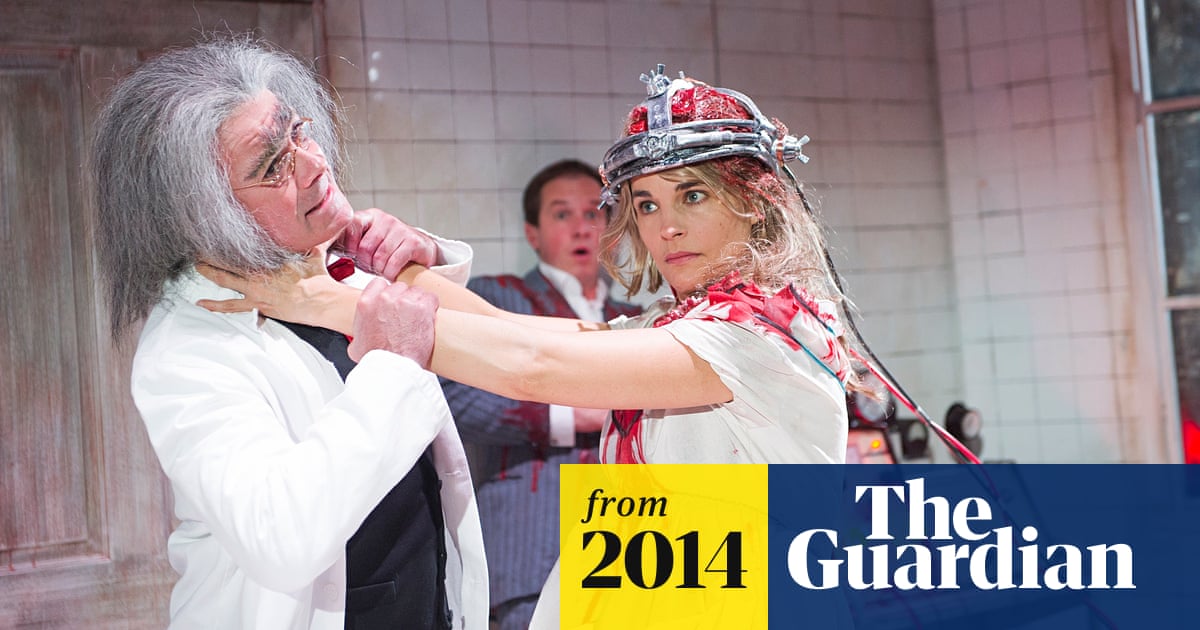
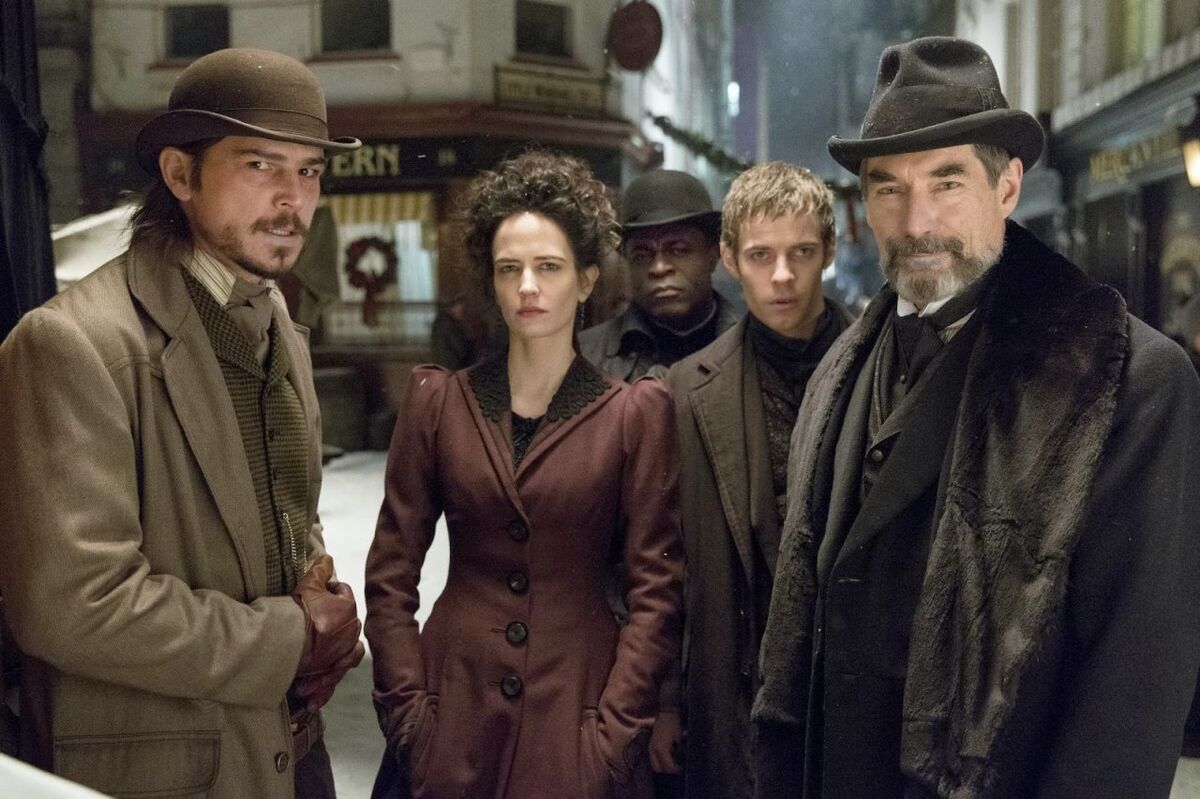

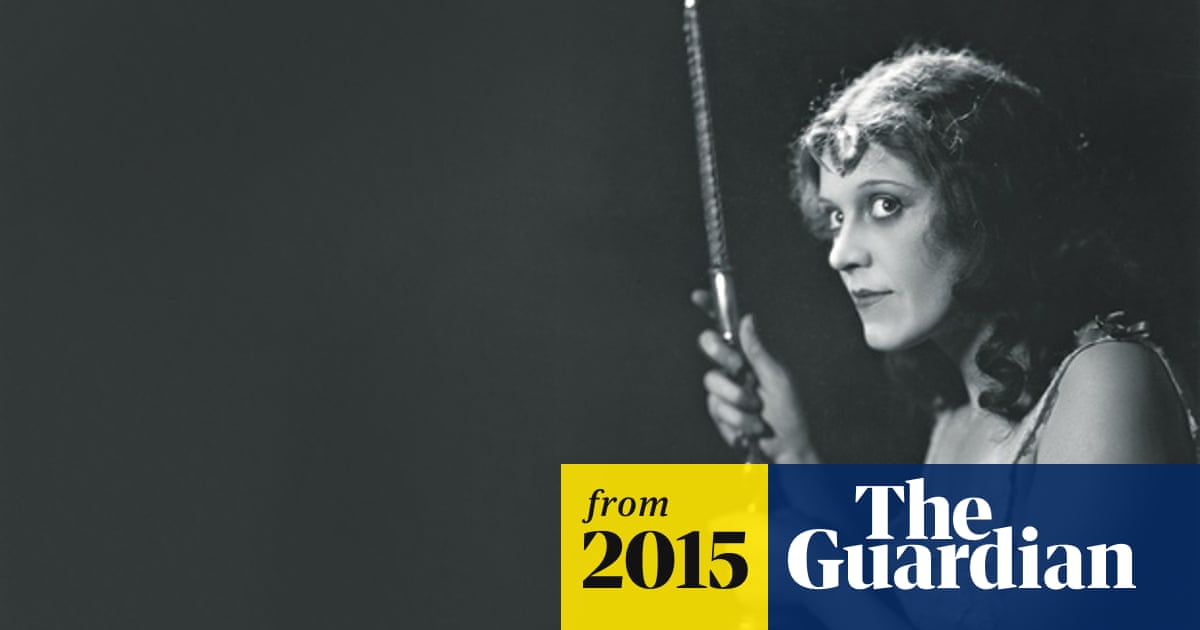

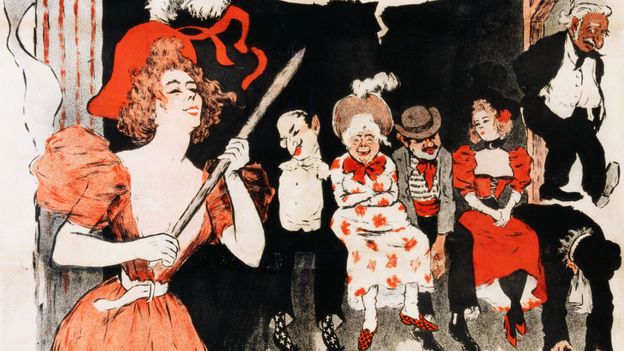
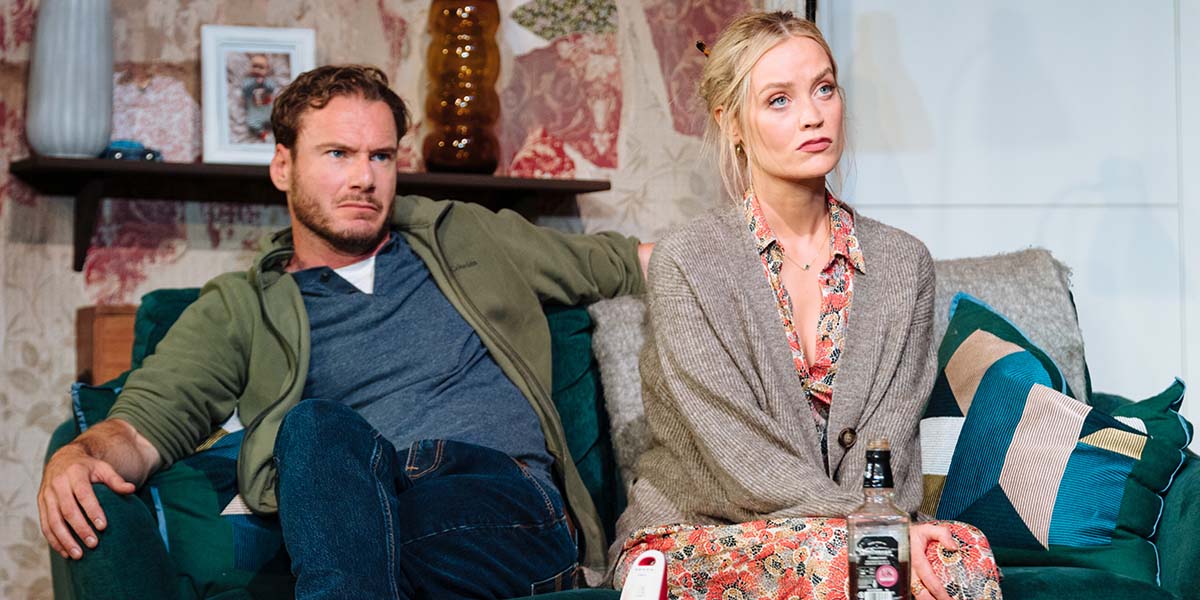
No comments:
Post a Comment